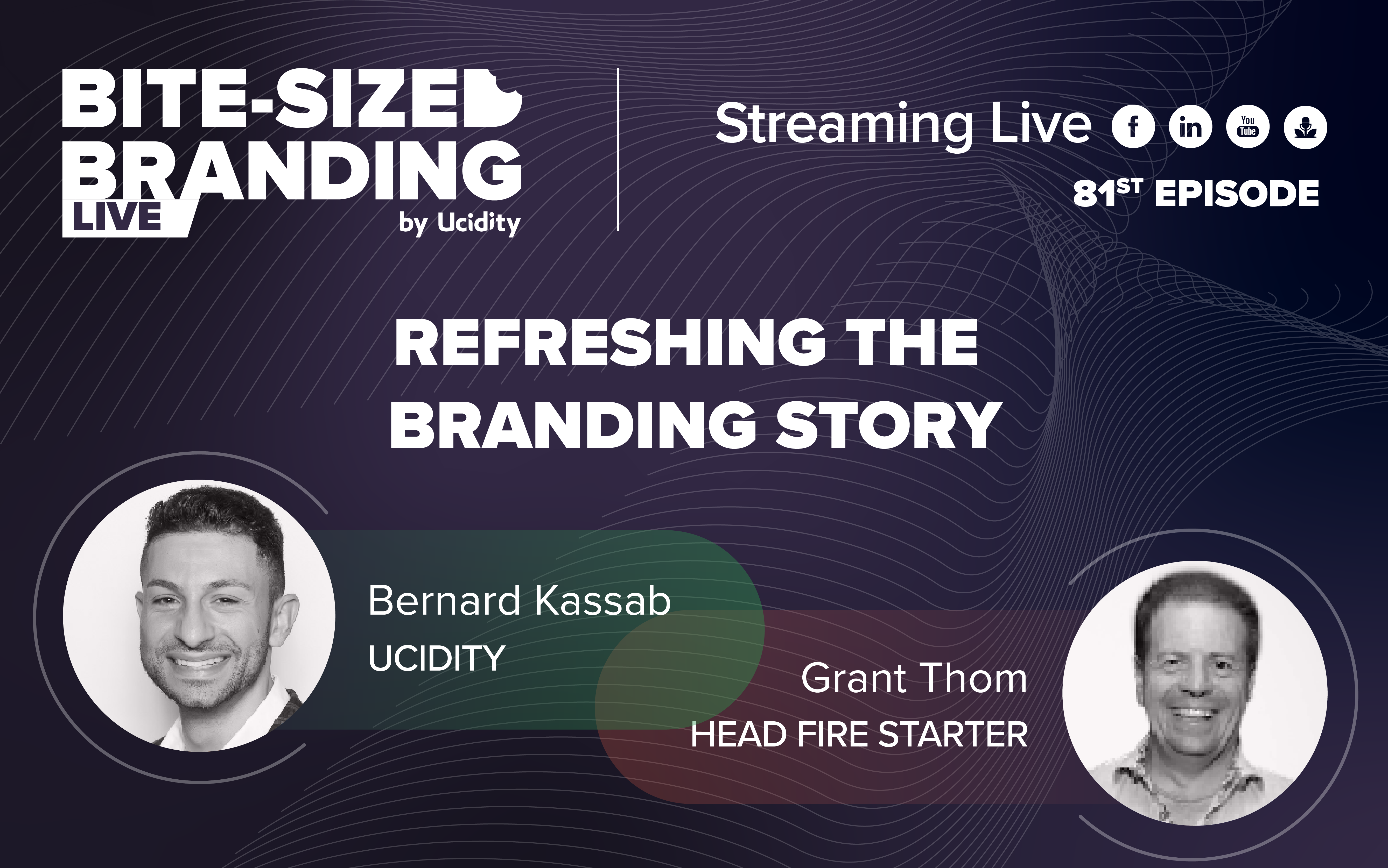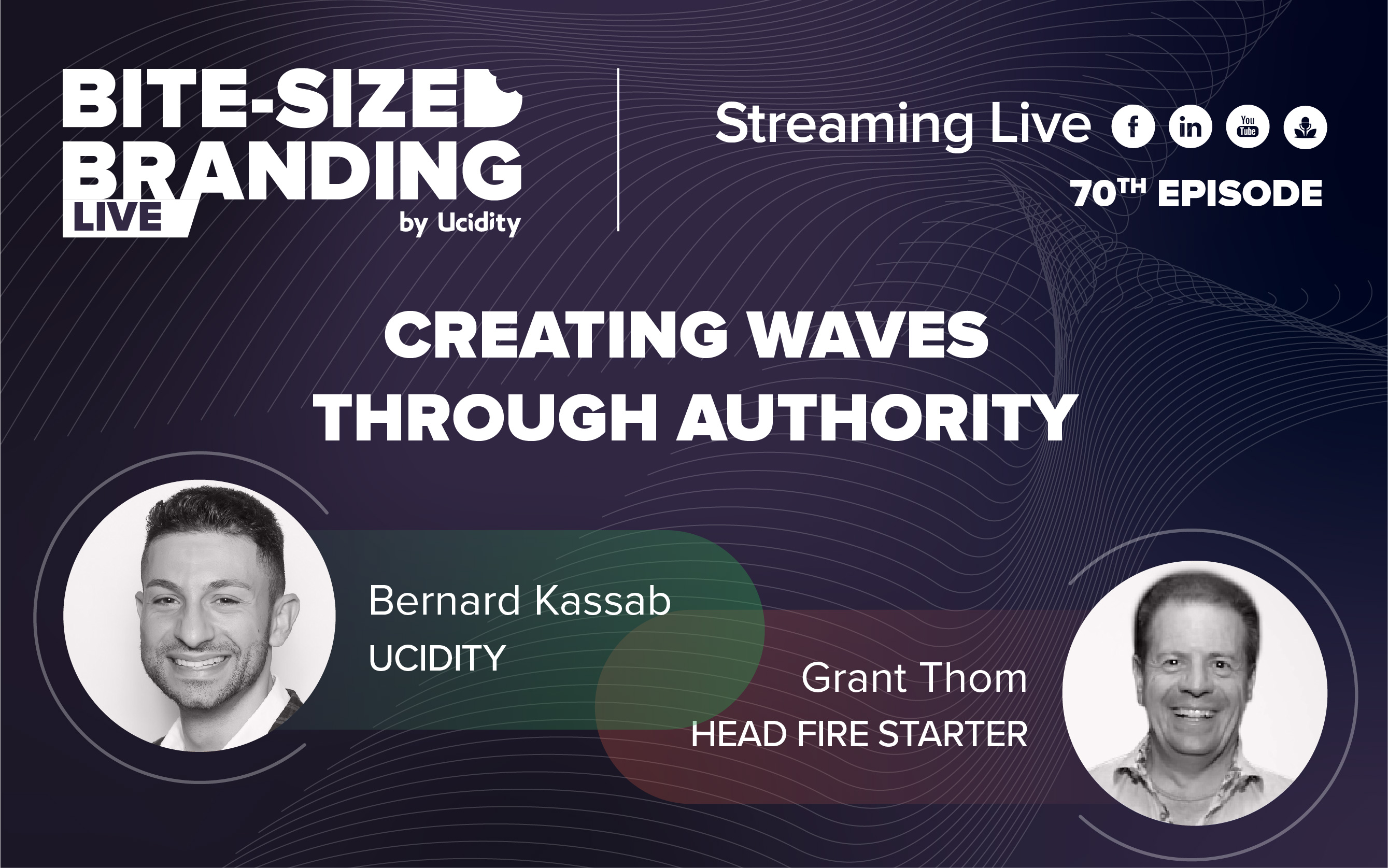
Content Marketing,Content Marketing | 3 min read
Building Brand Authority through Thought Leadership Content
In today's competitive market, establishing your brand as an authority is essential for gaining trust and loyalty. One of the most effective ways to achieve this is through thought leadership content. By sharing expert insights and valuable knowledge, you can position your brand as a leader in your industry. In this blog, we'll explore the key strategies for building brand authority through thought leadership content.
What is Thought Leadership Content?
Thought leadership content showcases your expertise and insights on relevant industry topics. This type of content goes beyond promoting products or services; it focuses on providing valuable information that helps your audience solve problems, stay informed, and make better decisions.
Why Thought Leadership Matters
1. Builds Trust and Credibility
Sharing expert knowledge and insights helps establish your brand as a credible and trustworthy source. When your audience views you as a thought leader, they are more likely to trust your recommendations and turn to you for advice.
2. Enhances Brand Awareness
Thought leadership content increases your visibility and positions your brand as a go-to resource in your industry. This heightened awareness can attract new customers and opportunities.
3. Fosters Engagement
High-quality thought leadership content encourages engagement. Whether through comments, shares, or discussions, your audience is more likely to interact with content that provides value and sparks conversations.
4. Generates Leads
Thought leadership content can drive qualified leads by addressing the specific needs and challenges of your target audience. When you provide solutions and insights, potential customers are more likely to consider your offerings.
Strategies for Creating Thought Leadership Content
1. Understand Your Audience
Knowing your audience is crucial for creating content that resonates. Identify their pain points, interests, and information needs. Use this knowledge to tailor your content and provide relevant, valuable insights.
2. Focus on Quality Over Quantity
Thought leadership is about providing in-depth, well-researched content. Focus on creating fewer, high-quality pieces rather than churning out numerous superficial articles. Depth and substance are key.
3. Leverage Your Expertise
Draw on your unique experiences and knowledge. Share original insights, case studies, and real-world examples that showcase your expertise. Authenticity is essential in establishing credibility.
4. Collaborate with Other Experts
Partnering with other industry leaders can enhance your credibility and expand your reach. Co-author articles, conduct interviews, or participate in panel discussions to provide diverse perspectives and insights.
5. Utilise Various Formats
Thought leadership content isn't limited to blog posts. Experiment with different formats such as whitepapers, webinars, podcasts, and videos. Each format can reach different segments of your audience and provide a richer experience.
6. Promote Your Content
Even the best content needs promotion. Share your thought leadership pieces across various channels, including social media, email newsletters, and industry forums. Engage with your audience and encourage them to share your content.
Measuring the Impact of Thought Leadership Content
1. Track Engagement Metrics
Monitor metrics such as page views, social shares, comments, and time spent on page. These indicators can help you understand how your audience is interacting with your content.
2. Analyse Lead Generation
Measure the number of leads generated from your thought leadership content. Track how these leads progress through your sales funnel to assess the impact on conversions.
3. Gather Feedback
Collect feedback from your audience through surveys, comments, and direct interactions. This feedback can provide valuable insights into the effectiveness of your content and areas for improvement.
4. Monitor Brand Mentions
Track how often your brand is mentioned in industry discussions and media. Increased mentions can indicate that your thought leadership efforts are boosting your brand's visibility and authority.
Examples of Effective Thought Leadership
1. HubSpot's Inbound Marketing Blog
HubSpot's blog is a prime example of thought leadership in the marketing industry. They consistently publish high-quality, actionable content that educates and informs their audience, establishing themselves as a leading authority.
2. LinkedIn's Talent Blog
LinkedIn's Talent Blog offers valuable insights and research on hiring and talent management. By addressing key industry trends and challenges, they position themselves as a thought leader in the HR and recruitment space.
3. McKinsey & Company's Research and Insights
McKinsey & Company regularly publishes in-depth reports and articles on a wide range of industries and topics. Their rigorous research and analysis make them a trusted source of thought leadership content.
Final Thoughts
Building brand authority through thought leadership content requires a strategic approach. By understanding your audience, leveraging your expertise, and consistently delivering high-quality content, you can position your brand as an industry leader. Start incorporating thought leadership into your content strategy and watch your brand's authority grow.
For expert guidance on creating and implementing thought leadership content, connect with Ucidity. They specialise in helping brands build authority and engage their audience effectively.
Published on June 20, 2024




